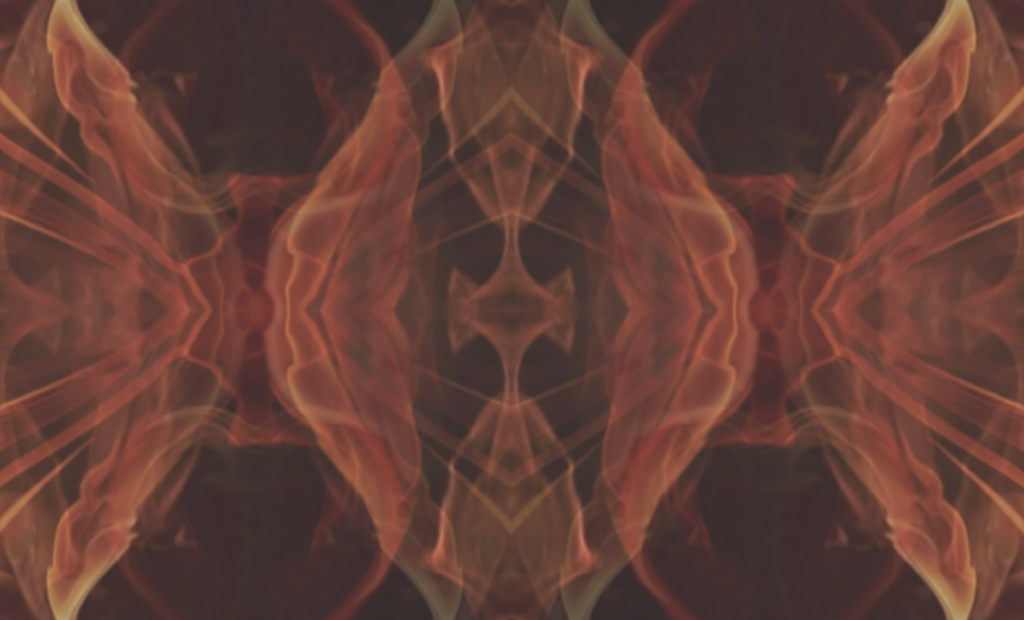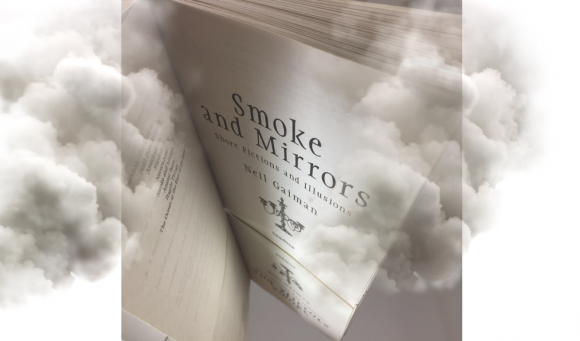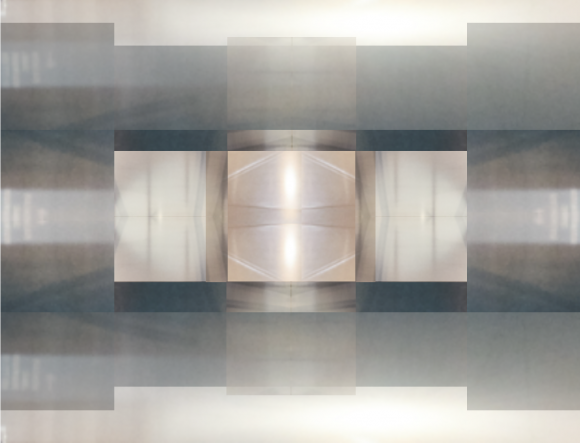A little while ago, I dug into a question Hillman poses about dream characters: “why don’t the shades and Gods come in their own shapes; why do they bother with the dream incarnations, my family and friends and odd strangers?” (DU 99); and I don’t think I got really clear about what the answer to that question is supposed to be (according to Hillman).

Hillman thinks that, if the “shades and Gods” did come in their own shape, we wouldn’t be in the realm of soul, but in the realm of spirit: what we experienced would be mystical visions, rather than dreams. And since dreams are, in fact, dreams (and not visions), there must be a good reason for the “shades and Gods” appearing in shapes other than their own. (Hillman then goes on to spell out that reason in terms of the “vale of the world”.) Or, to put it slightly differently: there is a de-facto difference between dreams and mystical visions — i.e. a phenomenological difference, a difference in how things appear to us —, and thus we have to assume, in our overall picture of the psyche, that there are those different realms of soul and spirit, and that the difference in phenomenology reflects a difference between these realms.
There are some methodological question marks about this line of reasoning, but I’m putting those aside for now. (They are not much different from the methodological problems typical for any kind of speculative metaphysics, that is, making inferences about supposed realms of being based on their surface appearance in human experience.) Rather, I’d like to focus on a different problem with it, which has more to do with Hillman’s tendency to pose false dichotomies between spirit and soul.
Without my friends of last evening, a dream would be a direct communication with spirits in a numinous vision. A dream is not a vision, however, as the psyche is not the spirit. The dream brings in the vale of the world, those banalities and trivialities and beautiful complexities like my friends, which are necessary for what dreams do in the soul. (DU 99-100.)
But this is clearly an overstatement. For one thing, not all dreams employ characters from everyday life as their raw materials. What would we make of the kind of dream Jung frequently cites (which he sometimes calls “big dreams”), where a numinous accompanying feeling, archaic contents, and sometimes multiple identical repetitions strongly suggest an archetypal background to them? From Hillman’s quote above we would have to conclude that such dreams cannot do “what dreams do in the soul”, since obviously they don’t bring in the “banalities and trivialities” from the vale of the world. This can’t be right, and that alone should throw doubt on Hillman’s attempt to make those contents from the vale of the world a defining feature of dreams (and the psyche, as contrasted to the spirit). That is just too exclusive.
Correcting for this, we might say that what goes on in dreams can be a form of soul-work, but also a form of spirit-work, depending on what sort of dream contents happen to appear. Such contents as “the dream incarnations, my family and friends and odd strangers” (DU 99) might indicate the former, exhibiting personifying and pathologizing (in Hillmanian parlance) as characteristic movements of the soul, whereas the Jungian sort of dreams featuring archaic wind gods (like the one he quotes early in the Two Essays) suggests the latter.
So the question with which we began now shifts its emphasis: why do archetypal patterns sometimes show up as soul-like (in the shape of our friends from yesterday evening) and at other times as spirit-like (as archaic figures, mystic visiones, etc.) in our dreams? Hillman’s answer won’t do, biased as it is against the pre-occupation with spirit-work which he saw in the psychology of his time, and for promoting soul-work: for the difference cannot lie in our choices of how we do psychology. The difference is in the phenomena (i.e., in dreams) themselves.



